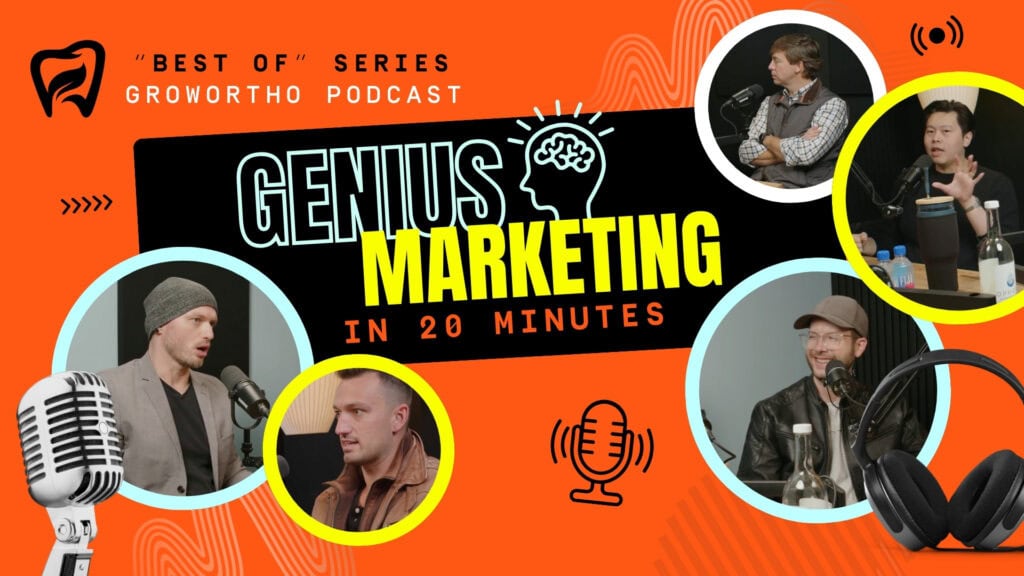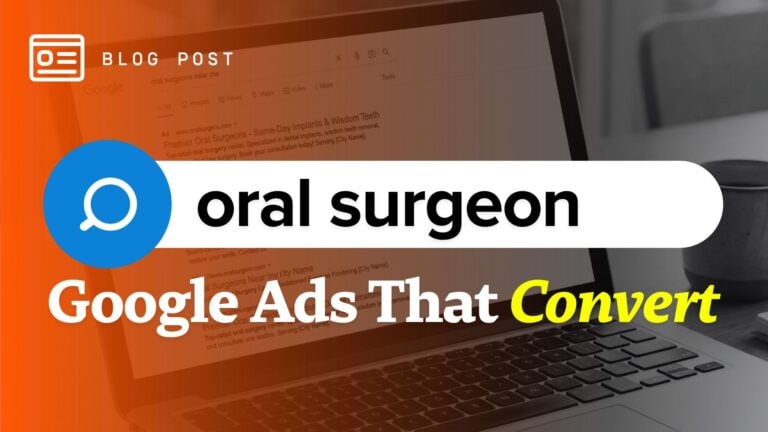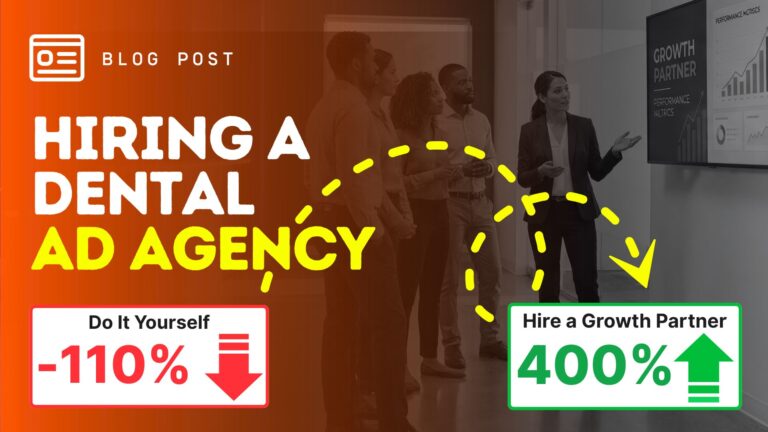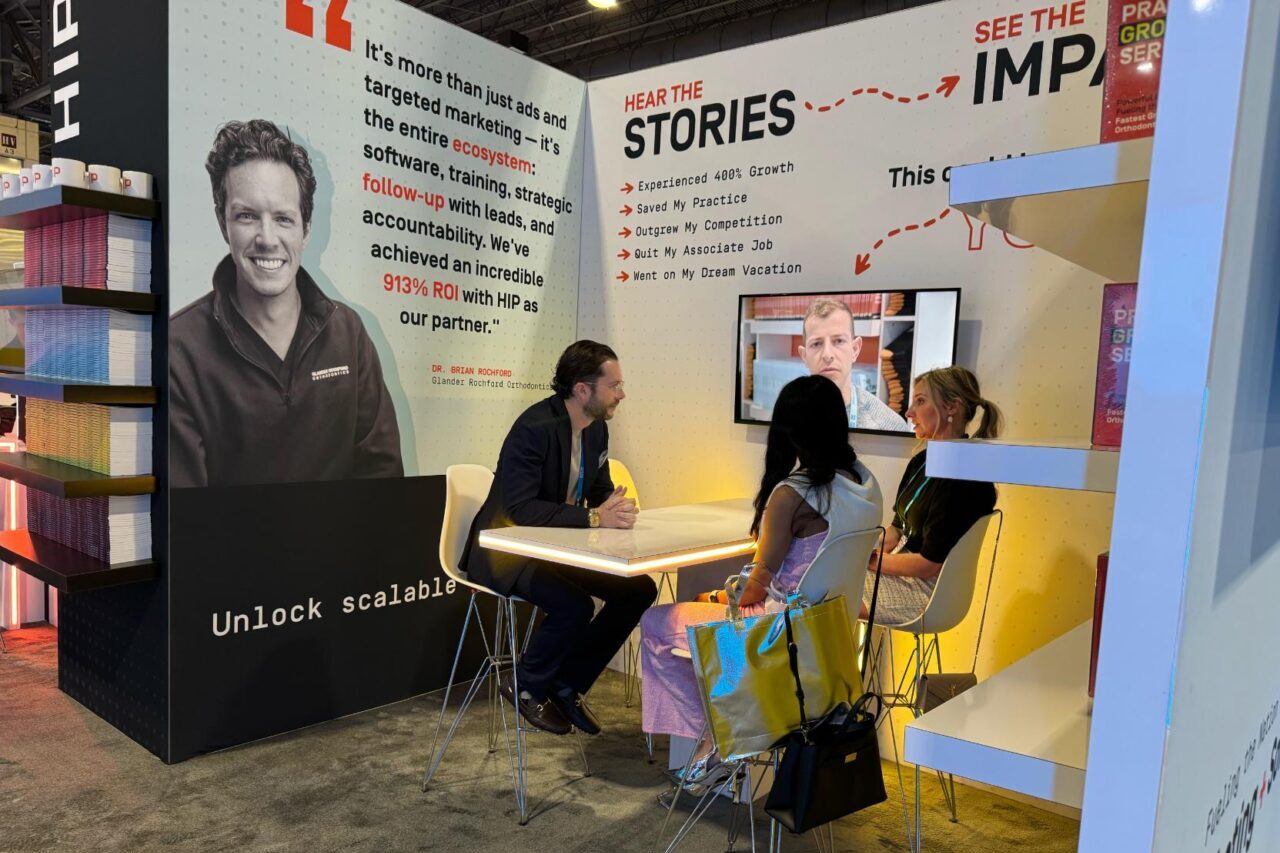Subscribe: RSS
Stop Posting, Start Converting: Build A Trust Funnel That Wins Patients Before the First Call
Right now, thousands of ads are flooding Meta. Your future patients are scrolling past most of them. The question is not how to post more. It’s how to convert strangers into patients before they ever pick up the phone.
The answer: turn every social profile into a trust funnel. Treat your channels as sales assets that earn trust with video, keep people inside your world long enough to like you, then point them to a clear next step.
https://youtu.be/5kuPEWQ9JnI
What A Trust Funnel Is And Why Video Sits At The Core
A trust funnel converts a social channel into a sales asset. Instead of scattered posts, you deliberately design profiles and content to shepherd a cold viewer through a sequence: discover you, understand you, like you, and finally act.
Do this on video-forward platforms like Facebook, Instagram, YouTube, TikTok, and LinkedIn. The algorithms prioritize video and users naturally choose it in down moments with captions on. HubSpot research shows video gets dramatically higher engagement than photos and text, which aligns with what platforms reward and how people actually consume content.
The job is not just to spark interest on a single post. It’s to keep viewers inside your channel until they cross the threshold of “I get who this practice is.”
Here’s why this matters: when prospects feel they know you, your likeability stacks on top of expertise. That creates price elasticity. Parents will pay more for a provider they trust to deliver a safe, positive experience for their kids, even if a cheaper option sits down the street.
The Three Trust Signals Your Channel Must Demonstrate
The most effective channels show three types of trust over and over.
Logical Trust
This is credibility. Clear explanations, simple case breakdowns, and answers to common concerns prove you know what you’re talking about.
Emotional Trust
Relatability matters. Show your human side and your relationships with team and patients. Give people a behind-the-curtain view so your practice feels like more than a “meat grinder” of visits.
Social Trust
Our brains still run tribal safety checks. Testimonials, case studies, and peer or industry endorsements signal that “this tribe is safe,” which lowers perceived risk.
Check all three boxes consistently and conversion gets easier. But you cannot stop at content they “like.” You must steer viewers to a next step or you lose them to the next swipe. Direct them to book a consult or take a tour of the office so attention turns into action.
Align With The Three Players Of Social Media
Winning on social means serving three different objectives at once.
You, the practice: convert strangers into patients, then find more strangers. That’s your objective.
The platforms: they make money by keeping users on platform, so they reward content that holds attention.
The users: people open apps for education, entertainment, and connection. Reverse engineer your topics and packaging around those motives and the platforms will amplify you, which in turn serves your goal.
When you meet user goals and platform goals first, your visibility compounds.
Package Broadly, Bridge Specifically
If you only publish narrow, high-intent topics, your ceiling is low. To widen the top of the funnel, package with a provocative, broadly appealing hook, then bridge to your services.
Here’s a concrete example: lead with “What is your dentist lying to you about?” to attract more viewers, then connect the conversation to retainers or braces. The hook earns the click. The bridge makes the video commercially relevant.
The same standard applies to case studies. “I worked with Luke. He’s cool” offers no value. Strong case studies make bold, specific claims that trigger “that could be me.”
Do not romanticize the tool. Social and video are just tools in service of a project, and sometimes a different tool like paid ads needs a more aggressive promise. Keep your eye on the outcome, not the hammer in your hand.
From Attention To Action: Design The Handoff
Prospects are deciding before they call. Google research shows that a large share of buying decisions happen before first contact. That means your content is not a side project. It’s the prequel to intake. If you don’t control what someone sees pre-call, you won’t be in their consideration set.
Translate that reality into your handoff:
Keep people in your channel long enough to cross the familiarity threshold. Then point them somewhere specific. “Book your consult” and “Take a tour of the office” are clear next steps that convert passive viewing into active progress.
Match follow-ups to real behavior. If someone opts in and you call them 48 hours later from a number they don’t recognize, they’re unlikely to answer. Don’t rely on that as your first real touch.
Practical Takeaways
Map your trust funnel on paper.
List your primary platforms and decide what content earns logical, emotional, and social trust on each. Make sure every month includes all three categories.
Script hooks, then plan the bridge.
Write the curiosity opener first, then outline how you’ll connect to an orthodontic decision like braces, aligners, or retainers inside the same video.
Design the call to action.
Add a single next step for each piece of content. “Book your consult” or “Take a tour” beats vague “learn more.”
Publish in the format the platforms prefer.
Lean into video. It aligns with user behavior and what algorithms boost, which increases your odds of keeping prospects inside your channel.
Measure outcomes, not tools.
Don’t get fixated on a tactic. Judge each tool by how many consults it ultimately drives.
The Bottom Line
A trust funnel matches how people actually choose care today. Video earns attention. Logical, emotional, and social cues lower perceived risk. Strong packaging brings in a wider audience, and a deliberate handoff turns attention into appointments.
Build the system once, keep feeding it, and your profiles stop being a scrapbook and start becoming a growth engine that wins the patient before the first call.



